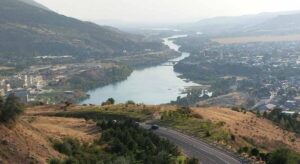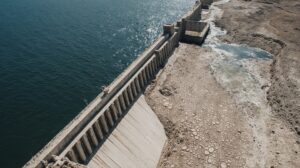President Shavkat Mirziyoyev recently reviewed proposals for processing household waste and producing energy from waste materials during a recent presentation.
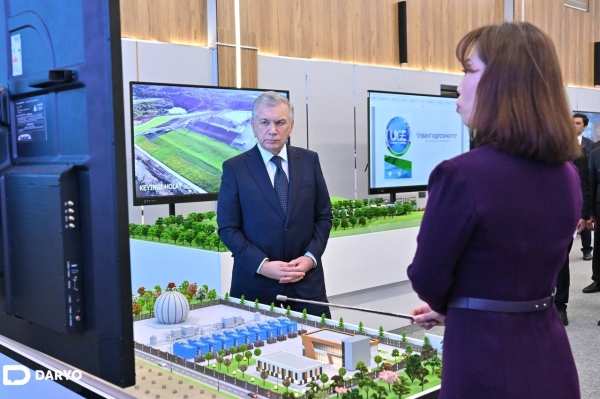
Uzbekistan generates approximately 14mn tons of waste annually, yet only 4-5% is recycled. The current waste management practices lead to the release of over 7mn tons of greenhouse gases from landfills and the seepage of 43,000 tons of toxic filtrates into the ground. Recognizing the urgent need for action, President Mirziyoyev emphasized the potential for recycling to mitigate environmental harm while generating profit.
To address these challenges, the Ministry of Ecology, Environmental Protection, and Climate Change has developed several projects in collaboration with foreign investors. Among the key initiatives are plans to construct eight waste incineration plants and to process waste gas at the Ohangaron landfill, attracting an investment of around $1.3bn.
Several projects have already garnered substantial investments. In the Andijan and Tashkent regions, two factories funded by the Chinese company CAMC Engineering with a direct investment of $350mn will process 4,000 tons of waste daily and produce 630mn kilowatt-hours of electricity per year.
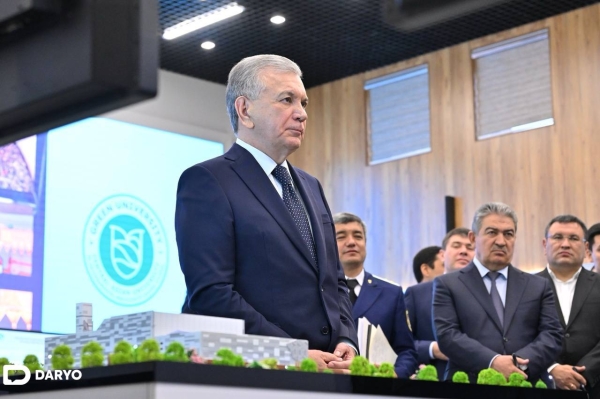
In the Samarkand and Kashkadarya regions, another two factories, backed by Shanghai SUS Environment with an investment of $310mn, are set to process 3,000 tons of waste daily, generating 480mn kilowatt-hours of electricity annually. In the Bukhara and Navoi regions, a factory supported by the Tadweer Group from the UAE will process 1,500 tons of waste per day, generating 363mn kilowatt-hours of electricity, funded by a $200mn investment.
Additionally, a project involving the South Korean company Sejin will convert gas generated from the landfill in the Ohangaron district into alternative electricity, expecting to produce 16 megawatts with a $55mn investment. These initiatives aim to utilize solid waste more efficiently, with projections of burning over 4.7mn tons of waste annually, producing 2.1bn kilowatt-hours of electricity, and saving 152mn cubic meters of natural gas. This approach is also expected to reduce greenhouse gas emissions by 2.4mn tons and create 1,200 new jobs.
The projects are set to be implemented across multiple regions, including Andijan, Bukhara, Jizzakh, Kashkadarya, Navoi, Namangan, Samarkand, Syrdarya, Fergana, Tashkent, and Tashkent city, between 2025 and 2027. President Mirziyoyev highlighted the social significance of these projects, asserting that they are critical for public health, air quality, and energy stability.
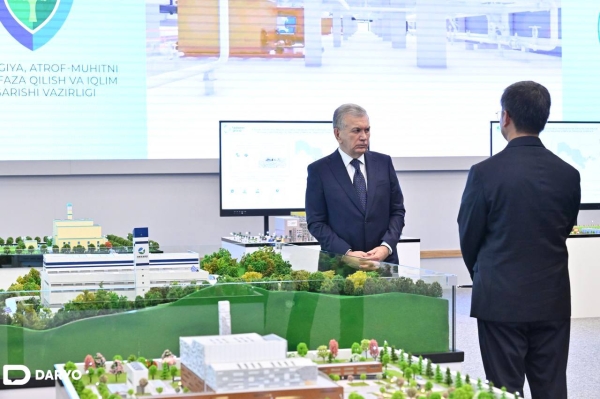
“This is not just a factory; it’s an issue that will decide our life and death,” said President Mirziyoyev. “If waste is properly collected and processed, our ecological balance will improve, nature will be cleaner, and society will transform.”
Officials were instructed to model these initiatives and expand them throughout the regions. The President noted the importance of co-locating new enterprises, such as those producing construction materials and organic fertilizers, near waste processing plants to enhance energy supply and investment viability.
In line with these initiatives, a “road map” for the balanced development of such projects across all regions is being developed. Furthermore, a Waste Management and Circular Economy Development Agency was established by presidential decree on September 26, 2024. This agency will implement modern waste management techniques, including collection, sorting, neutralization, processing, incineration, and disposal.
Through the promotion of a circular economy, Uzbekistan aims to stabilize its ecological situation, improve sanitary conditions, and reduce the risk of disease. The goal is to process waste to produce alternative energy, raw materials, and organic fertilizers, ultimately establishing eco-industrial zones at existing landfill sites.
